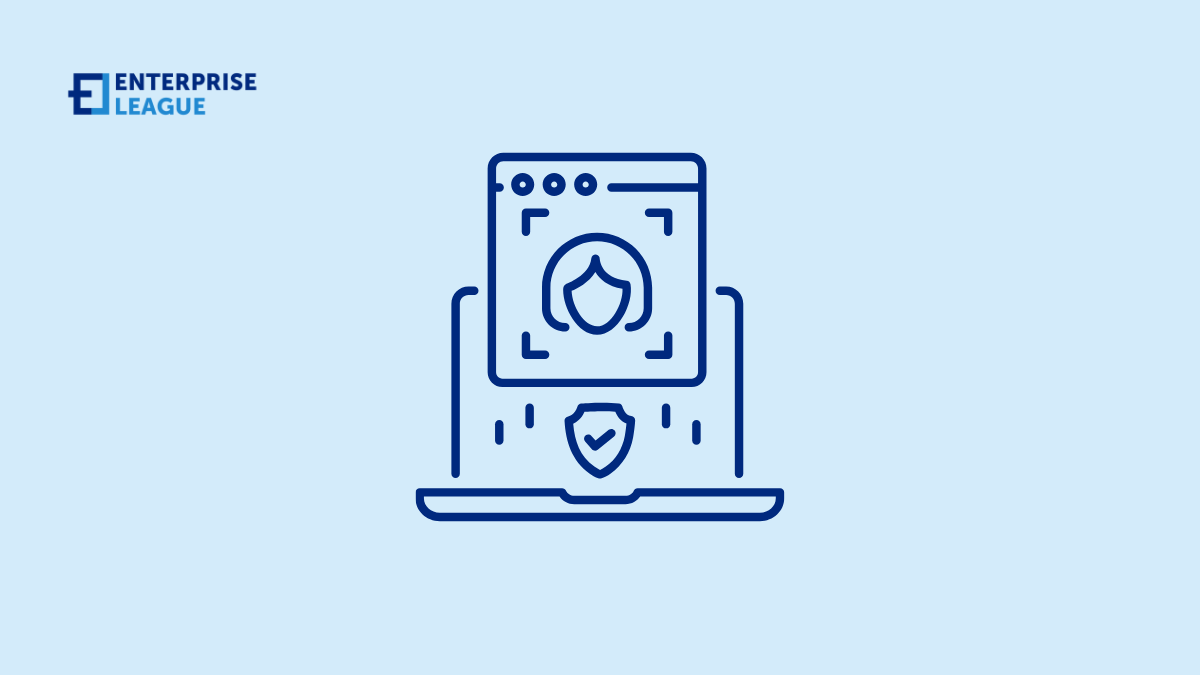How digital identity management impacts customer trust and business growth
January 23, 2025

A digital identity represents a collection of unique online data used to recognize and verify a person’s identity. Standard information may include usernames and passwords. By checking this regularly, a website can tell if the person is who they say they are.
Juniper Research estimated that over 70 billion digital identity checks would occur in 2024. That number is set to rise yearly as more companies prioritize their users’ cybersecurity. Why? Hackers.
Unfortunately, hackers are targeting digital identities to launch cyberattacks. They hope to seize login information to gain unauthorized access to accounts. Then, they can snatch sensitive data, steal money, and make malicious changes to accounts undetected.
With these threats growing in strength, businesses must recognize the importance of protecting their customer’s digital identity. Let’s explore the benefits of doing so and what threats you should be especially mindful of.
The role of digital identity management in business growth
We live in a time when almost every business has an online presence. Consequently, customers create digital identities on various websites to engage and interact with these businesses.
However, you might wonder, if these are the customers’ personal digital identities, why should businesses care about protecting them? Consider the following.
Fostering customer trust
Digital identity is a cornerstone of the customer experience. It defines how a user interacts with your business. The easier and safer you make this process, the more trust you can build.
Depending on your type of business, there are many ways to introduce a better and safer digital experience. The World Economic Forum, for example, suggests streamlining secure payment methods. By adopting digital wallets, e-commerce businesses can offer convenience and security verification.
Supporting business growth and productivity
Another benefit of digital identities is that they can help you grow your business. Whether launching a new service or expanding your reach, it safeguards your plans.
Centralizing identity management means you can take on new customers quickly. An identity management system can help track users in real time. All the while, effective verification protocols are in place to protect user data and activity.
Common threats that target digital identities
When a person creates a new account with a business, they will submit personal information. This kind of sensitive data is precisely what hackers are looking to steal.
So, what methods do hackers employ to seize control of a person’s digital identity? And how can a business prevent it from happening? Two of the most common threats include:
Account takeovers
One of the main threats surrounding digital identity is an account takeover attack. The hacker seizes total control over an account using compromised credentials or brute force techniques. Then, they can steal sensitive data and make changes to account settings.
To make matters worse, users’ credentials can be sold or shared on the dark web. Data can remain on hidden forums indefinitely without the business (or user) knowing.
For this reason, account takeover prevention must become a priority. It’s important to make use of the dedicated cybersecurity tools that scan the hidden reaches of the dark web and use specific keywords to flag compromised accounts for both customers and employees.
Businesses can reset login and verification protocols for affected accounts. The hacker is locked out of the account and will no longer have easy access. Any usernames or passwords they may have on record on the dark web will be void.
Phishing and identity fraud
Phishing is a social engineering attack that tricks a person into compromising their account. It can come from various sources, including email, SMS, and social media.
The hacker will assume the identity of a trusted person or service and try to build trust with the victim. Then, they will warn the person that there is an issue with their account that must be fixed immediately.
The hacker will ask for login details and other personal information to “help the victim out.” But in reality, this information will allow them to gain access to the person’s credentials, potentially locking the victim out of their account.
How to strengthen customer digital identities going forward
There are many simple steps you can take to protect a customer’s digital identity. Start with the basics:
Introduce a stronger password policy
Passwords are the first line of defense against a cyberattack. But advances in AI mean that hackers can crack easy passwords at record speed. It’s now estimated to take a program just 37 seconds to crack an eight-character password.
Businesses must ensure that users set strong passwords on platforms. That way, they’re protected from brute-force attacks from the offset. Consider adopting the following policies when allowing users to create accounts:
- Lengthy passwords: The longer the password, the stronger it becomes. Aim for at least 12 characters. The password should include upper and lowercase letters, numbers, and symbols.
- No common phrases: Businesses should block guessable passwords. These can include the likes of “12345” and “qwerty.”
- Uniqueness: Remind users to create brand-new passwords for every new account. If they need to reset their login, urge them to create a new password.
Implement inactivity logout timers and re-verification
Another effective way of protecting digital identities is implementing inactivity logout timers. This mechanism will invalidate a person’s active session if they have been idle for a set period.
Another similar feature you can implement is re-verification. Sensitive services, like banks, often require users to re-verify their identity to continue. While these measures may seem disruptive, customers will appreciate the added security measures.
Multi-factor and biometric authentication
Many businesses have now made MFA a requirement upon account creation. This mechanism requires users to verify their identity when logging in. Often, a person will receive a single-use code via email, SMS, or an authenticator app.
Confidential services like banking or healthcare may use biometric or facial recognition verification. This extra security step means that even if a hacker manages to steal a login, they will not be able to complete the additional verification steps.
Conclusion
Businesses have a responsibility to protect both employees and customers. Threats like account takeovers and phishing can blindside people, leading to data breaches. This, in turn, results in huge financial and reputational damage.
By implementing cybersecurity tools, businesses can safeguard identification on their platforms. Customers will build trust with you, knowing that you’re taking their data seriously. You’ll also be able to mitigate (and even avoid) costly data breaches from affecting you.
More must-read stories from Enterprise League:
- Innovative and profitable business ideas with no employees.
- The best apps for entrepreneurs that will help you achieve your goals.
- Find out all the things that make messy people smarter.
- Are you aware of the negative effects that social media has on the workspace?
- Learn how to deal with rude customers in a creative way.
Related Articles
How to Get Faster Load Times with WordPress Website Hosting
Website speed influences how visitors interact with content. An efficient hosting platform can transform a sluggish WordPress site into a swift and responsive experience. People expect websites to load quickly, often forming opinions within seconds. If your pages load...
Who Are the Top Forklift Dealers in Maryland? 8 Options for Business Owners
Maryland has a thriving commercial sector, ranging from logistics and distribution centers along the I-95 corridor to manufacturing facilities in the Baltimore metropolitan area. For these businesses, efficient material handling forms the foundation of their...
What Are the Best Auto Part Shipping Companies? 8 Options to Consider
Automotive parts come in a wide range of shapes and sizes, from small pieces to large engines and beyond. Different businesses may require certain components for their machinery, and it's vital to ensure that they arrive safely on time. Learn which companies are the...
How to Get Faster Load Times with WordPress Website Hosting
Website speed influences how visitors interact with content. An efficient hosting platform can transform a sluggish WordPress site into a swift and responsive experience. People expect websites to load quickly, often forming opinions within seconds. If your pages load...
Who Are the Top Forklift Dealers in Maryland? 8 Options for Business Owners
Maryland has a thriving commercial sector, ranging from logistics and distribution centers along the I-95 corridor to manufacturing facilities in the Baltimore metropolitan area. For these businesses, efficient material handling forms the foundation of their...





